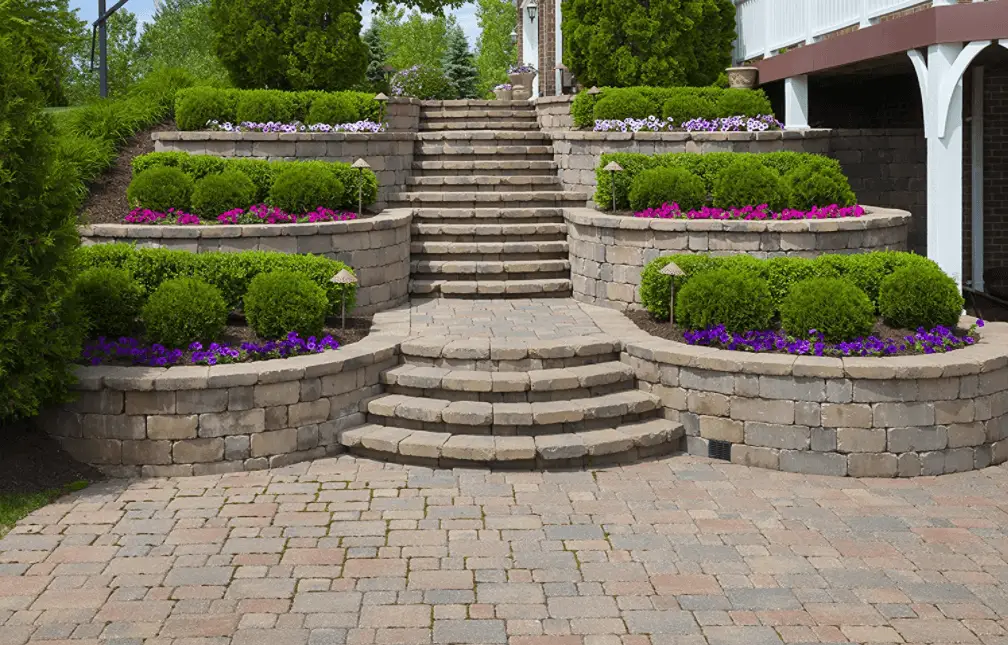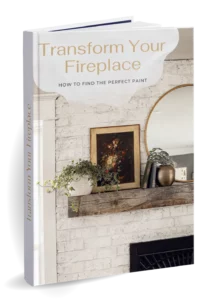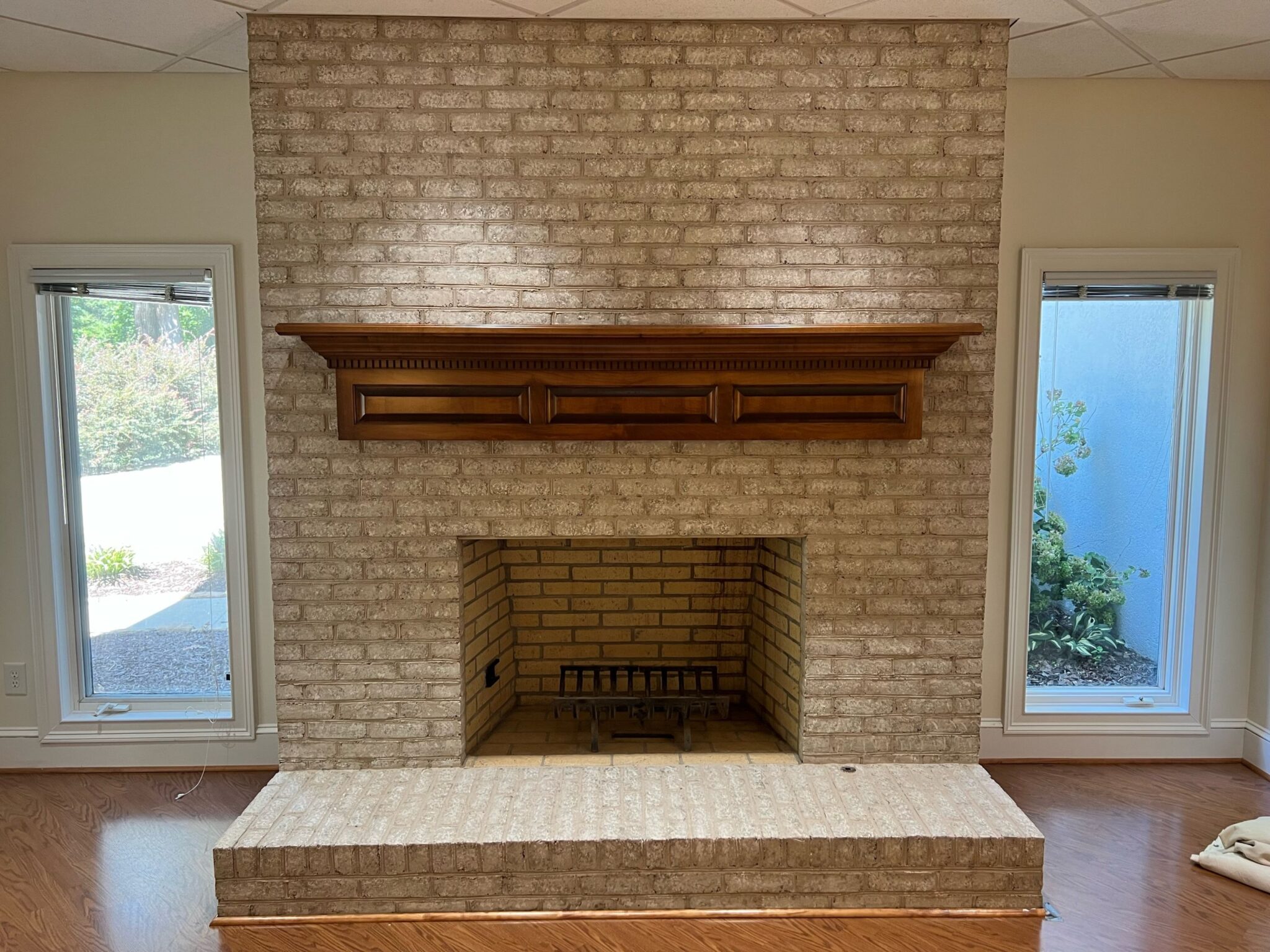No fuss. No frills. Let's jump in with the brick sealer information you need to know.
The basics: What is brick sealer and do I need to use it?
Page Contents
Brick sealers essentially make your brick and mortar water-proof. Mortar tends to be very porous; when it absorbs water, the water can seep into the surfaces behind the mortar and cause water damage. When bricks absorb water, important minerals in the brick get absorbed. As the water evaporates, these minerals are drawn out of the brick and end up as a white powder (efflorescence) coating the surface. This damages the structural integrity of your bricks.
Some sealers also change the appearance of the brick. These are known as wet-look sealers, and they bring out vibrant colors and reduce the dry, sandy look brick---especially outdoor brick---tends to have. Other sealants do not change the look of the brick at all and provide protection without a wet-look aesthetic.
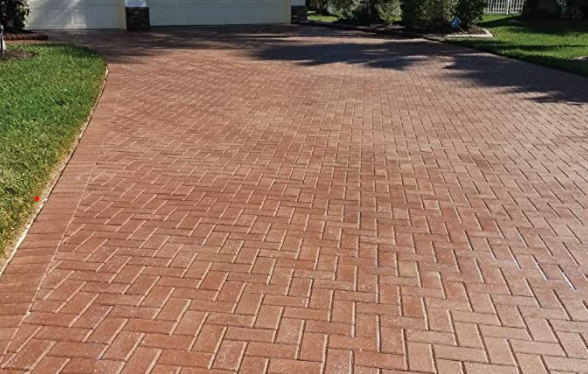
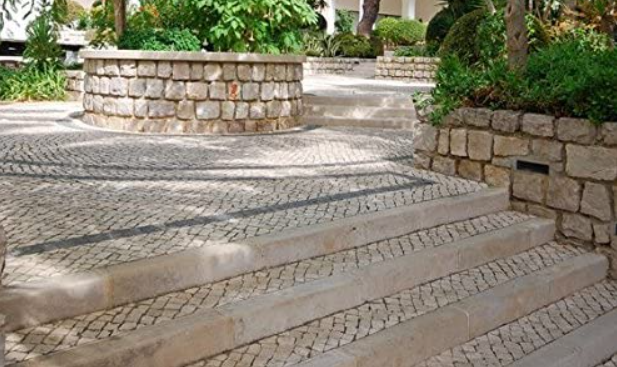
Most brick should be sealed. Sealers protect the brick from absorbing water and other chemicals that can cause damage. While sealing vertical brick walls and fireplaces is good, it is more important to seal horizontal brick surfaces where water can pool. This could include your brick-paver patio or your brick front porch.
The products: What are the best products and their differences?
First of all, you will want to use a brick sealer, not a concrete sealer. Concrete sealers often interact with a specific chemical found in concrete and will not work if that chemical isn't present. So you will want to invest in sealant specifically made for brick.
"Among brick sealers, you can choose between siloxane-based, urethane- and acrylic-based , or polyester-based products"
Urethane- and acrylic-based products may penetrate the bricks, but their main purpose is to form a surface seal that water will bead up on. These products also tend to provide a wet or shiny look due to this surface film.
Brick sealed with acrylic-based products usually needs to be resealed every 2-3 years. The protective film wears off over time and needs to be replaced so the brick stays protected. This sort of sealer can also be quite slippery when wet.
Best-selling urethane-and acrylic-based brick sealers on Amazon include the Kilz Wet-Look Sealer and the Dominator Wet-Look Low-Gloss Sealer.
Urethane- and acrylic-based sealers: summary
- Forms a protective surface film
- Give bricks a wet or glossy look
- Bricks will be slippery
- Needs to be reapplied every 2-3 years
- Original finish may need to be stripped before reapplication
Silane Siloxane-based products penetrate brick without building up a surface film. Sealers like these fill the brick pores and react to form a water-resistant barrier.
The characteristic feature of these products is beading up water on the surface of the brick when sealed.
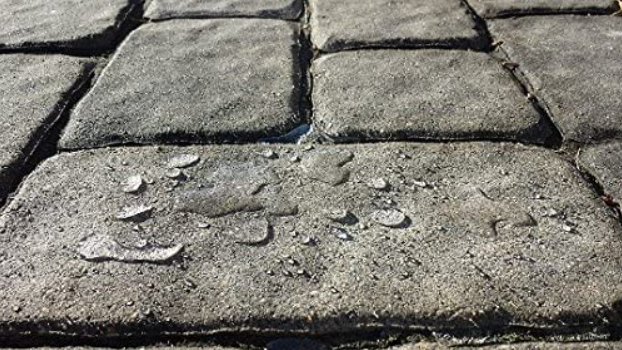
These sorts of sealers usually need to be reapplied every five to seven years. The sealer breaks down and wears out over time leaving behind the open porous structure of unsealed brick. Depending on the type of product, the sealer could be color-enhancing, give the brick a wet look, or leave the brick with no difference in appearance.
Foundation Armor offers the best-selling siloxane-based brick sealers on Amazon. These include their SX5000 (solvent-based) and SX5000 WB (water-based) sealers
Silane/Siloxane-based sealers: summary
- Penetrates brick and reacts to form a waterproof barrier beneath the surface
- Does not change the brick appearance
- Bricks will not be slippery
- Needs to be reapplied every 5-7 years
Polyester-based products penetrate the pores of the brick as a liquid and harden so the brick no longer has a porous structure. The hardened sealer strengthens the bricks and makes it non-absorbent.
Water does not bead up on polyester-sealed brick surfaces nor is the surface slippery. Rather water will spread out and run off the brick naturally. These products are designed to last for up to 15 years so you rarely have to think about reapplying.
RadonSeal offers the only polyester-based brick sealer on the market.
Polyester-based sealers: summary
- Penetrates brick to solidify and strengthen an otherwise porous surface
- Does not change brick appearance
- Can be used as a primer for paint
- Will not be slippery
- Lasts upwards of 15 years
The process: Is it better to roll or spray a brick sealer?
Before beginning any sealing process, it's important to clean the brick thoroughly. Depending on the location of the brick and it's age, this could mean just a dusting or a thorough stripping and pressure wash. For your sealer to work properly, the brick needs to be really clean and dry. Refer to the directions on the brick sealer you use for specific directions.
If you have a large surface area to seal, spraying is usually most efficient. Rolling may not be efficient if your mortar lines are very recessed. However, if you're doing the sealing yourself and haven't used a sprayer before, you can stick with a roller. Just be sure to get into all the mortar lines as well as the surface of the brick!
It's important to check how the manufacturer of your product recommends applying your sealer. Some brick sealers can be rolled or brushed on depending on your preference. However, some sealers will only work with one or the other.

